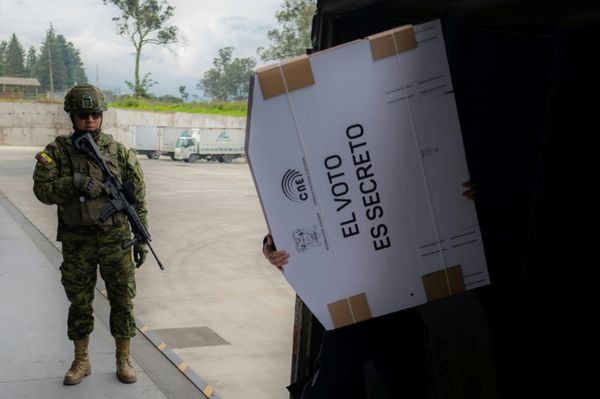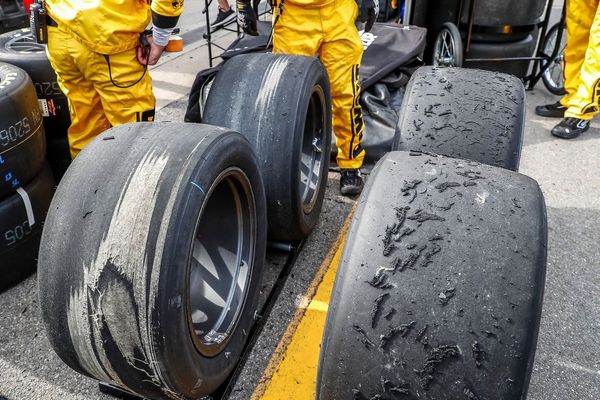
It's always cool to see the Raspberry Pi pushed to new limits, but it's even more exciting to see it appear in new places. It's not uncommon to find Raspberry Pi in the classroom or on the desk of an enthusiast, but how often do you come across them in the Arctic Circle? Maker and developer Frank Prins has checked that one off our list thanks to his custom-built all sky camera.
If you aren't familiar with all-sky cameras, these are often used around observatories to help either record or observe the stars in real-time. According to Prins, he lives on the island of Svalbard within the Arctic Circle. A nearby observatory's all sky camera is occasionally offline when the northern lights are visible.
To get around this, Prins opted to create his own all sky camera that would operate whenever he wanted—especially when the northern lights appear. Prins was also kind enough to make the project open source by sharing a detailed post explaining its construction as well as all of the STL files you need to 3D print the components at home using the best 3D printers.
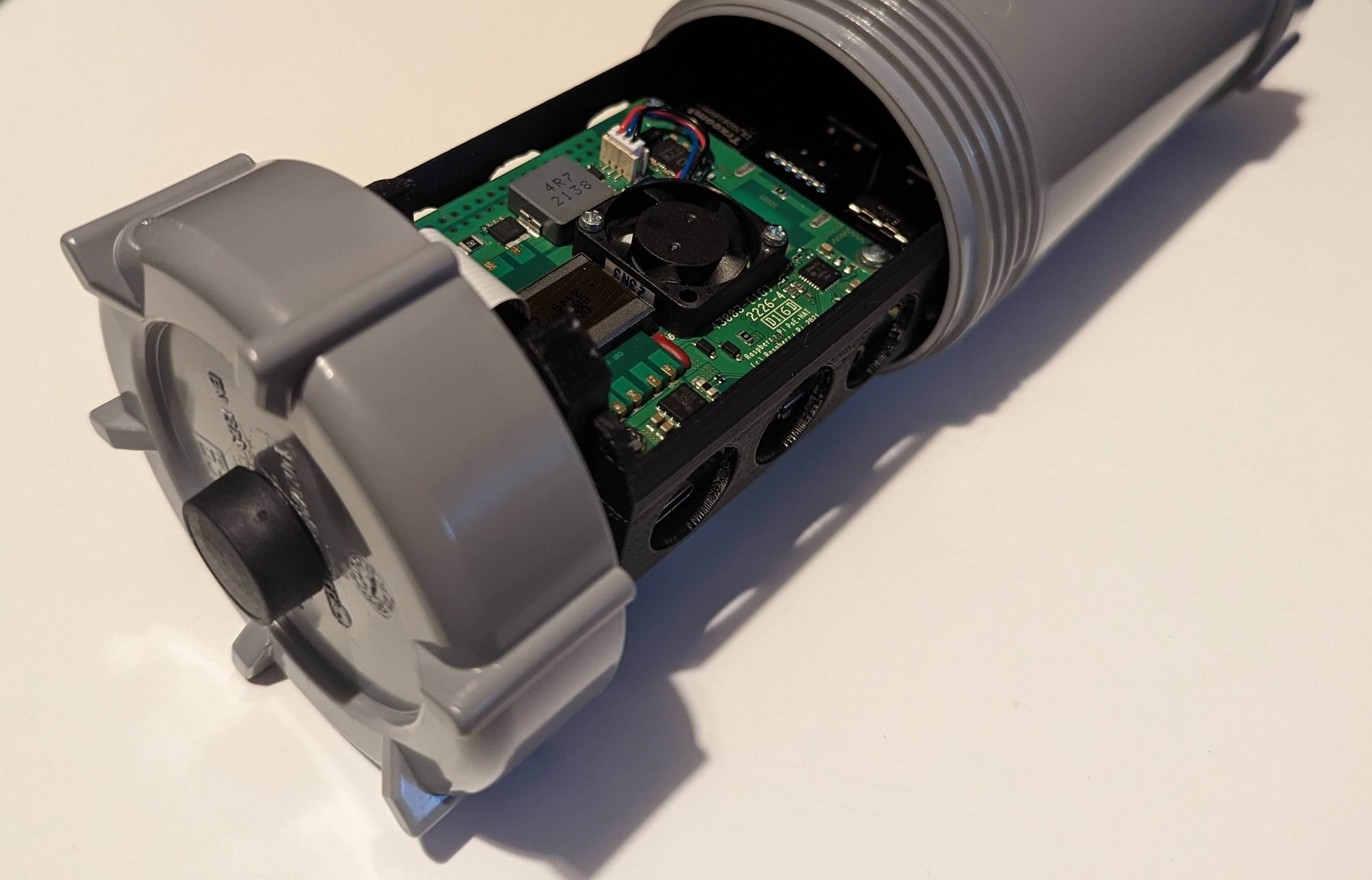
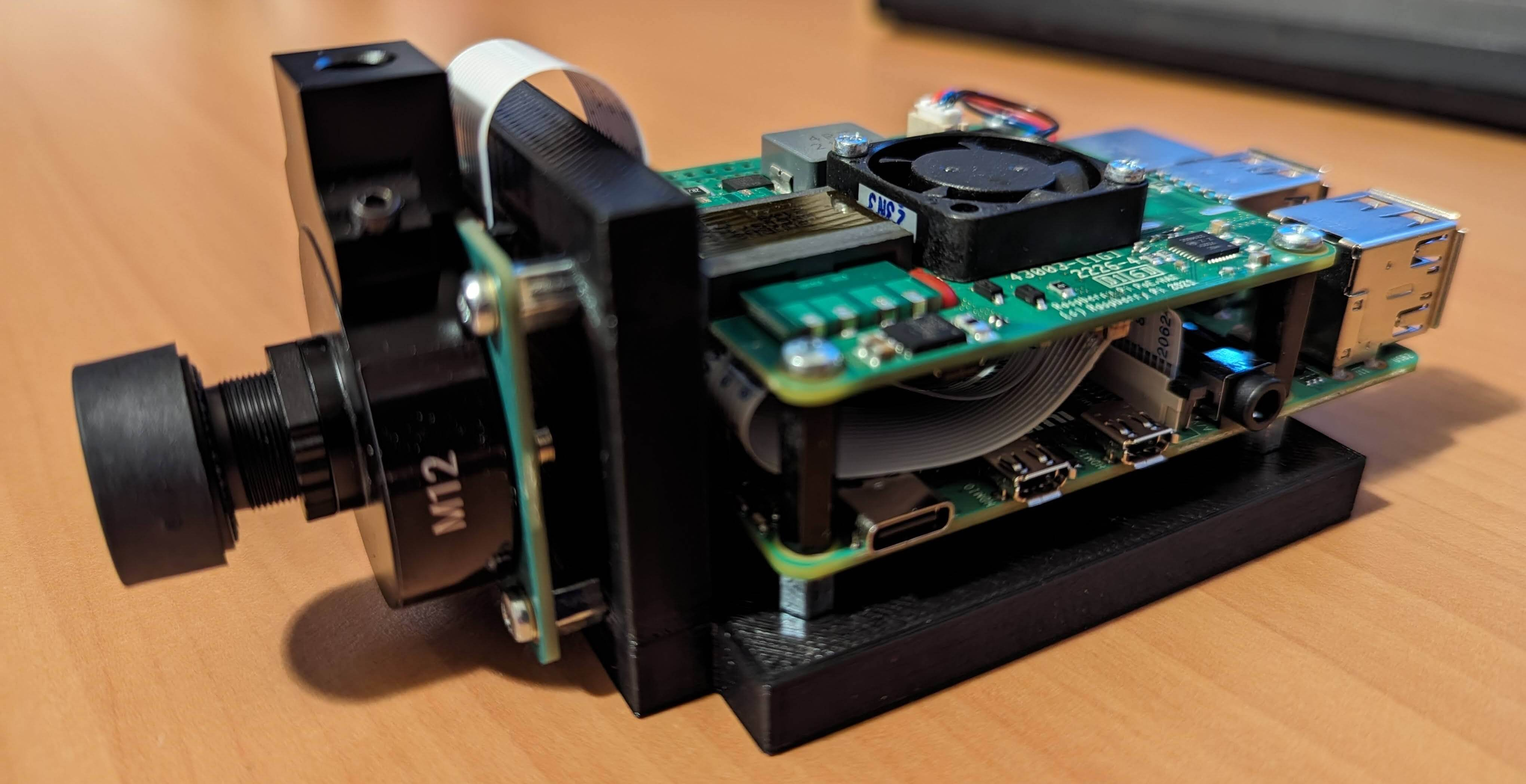
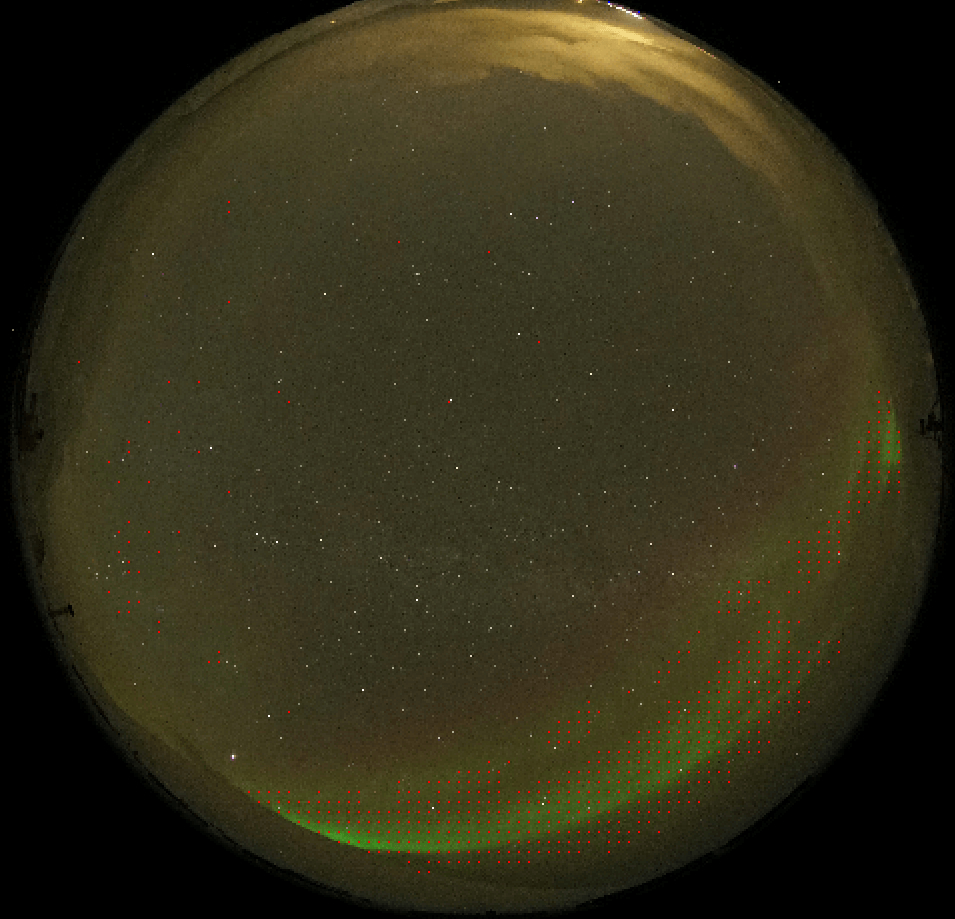
In this project, Prins is using a Raspberry Pi 4 but you could get away with using a 3B+ or even the new flagship Raspberry Pi 5 in its place. The Pi will be situated in an extremely cold climate with temperatures ranging from 41 degrees Fahrenheit (5 degrees Celsius) to -22°F (-30°C). Because of this, Prins is housing the components in a waterproof enclosure with an acrylic dome covering the camera lens. To reduce cable clutter, a Power over Ethernet shield was used so that one cable could both provide power and network connectivity.
Plans are in the works to publish more details about how the Raspberry Pi can be programmed to identify northern lights when they appear automatically by scanning images captured by the camera. Until then, you can find more information about this Raspberry Pi project over at Frank Prins' website. Be sure to follow him for more cool projects as well as any future updates to this one.




